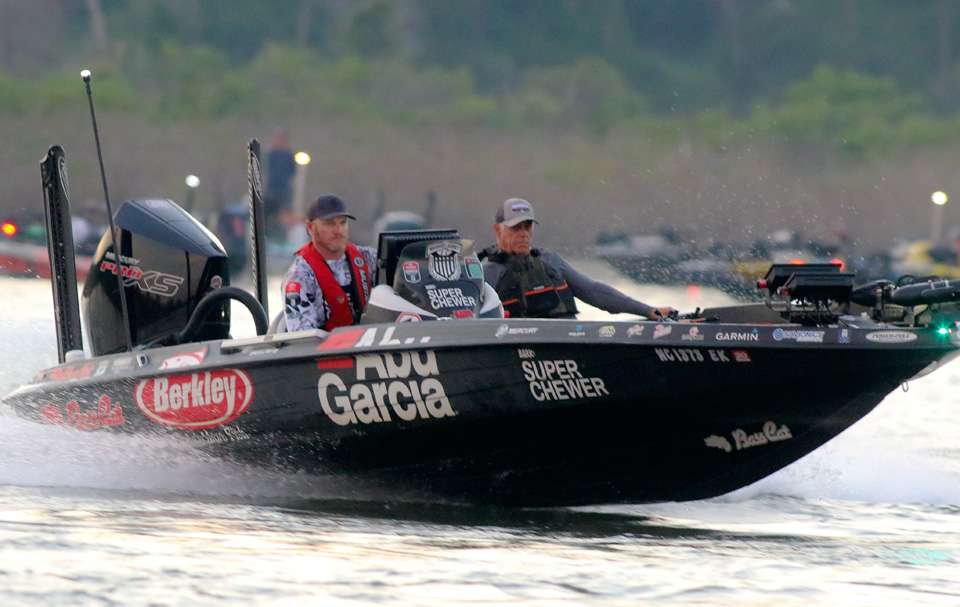
Over the years I’ve developed a reputation — true and well deserved — as a guy who picks up a jerkbait when I need or want a keeper bass. The reason I do that is nothing more than confidence. I know from experience that I can put a few in the boat on almost any body of water and under almost any set of conditions.
The thing about jerkbaits is that they’re universal. You can fish them over open water, around a target or along riprap or a brushy shoreline. That’s pretty much the definition of a useful fishing lure.
Here are a few of the things I’ve learned about them:
Let me say right at the beginning that I don’t buy into this idea that there’s some specific cadence for every set of conditions and that you have to keep changing it until you find “what they want.”
The idea that you need to twitch a jerkbait once, twice or three times to get a bite on any given day doesn’t resonate with me. And, with one exception that’ll talk about later, I don’t buy into the thinking that the length of the pause is critical.
The important thing about catching a bass on a jerkbait is to get it down to its designed depth and then keep it coming back to your boat. Bass are predators. They aren’t nearly as specific when they feed as we make them out to be, and they don’t count twitches and pauses. They strike. It’s what they are in Mother Nature’s scheme of things.
Along that same kind of thinking I also don’t buy into the idea that some jerkbaits should rise, some should suspend perfectly level and some should sink. Every jerkbait I fish with falls when I stop it. There are no exceptions to this. When I throw a jerkbait I’m trying to make it look like an injured or sick minnow. They sink.
While we’re on things that I don’t buy into let me talk about how a jerkbait runs in the water. The only time I want my jerkbait to come straight back to the boat is when I’m trying to get it down as deep as possible. Otherwise I always want them to run a little crooked — left or right makes no difference as long as they run off to the side.
Once again, the idea is to make it look like an injured or sick minnow. If they’re running a little crooked, they look like something’s wrong with them. That’s especially true when you stop them. They skitter off and look vulnerable, like they’re trying to regroup or something.
I did talk earlier about one exception to counting how long you pause your lure between twitches. That exception is maybe when you’re fishing over a brush pile, a stump or big rock, and when you know there’s a big bass on it. When I’m fishing that way I’ll sometimes count to 10 on the pause, but that’s the only time I count.
Next time I’ll give you some tips on modifying your jerkbaits, picking colors and what I look for when I select one.
Don’t blend.
Editor’s note: Read part 2.




